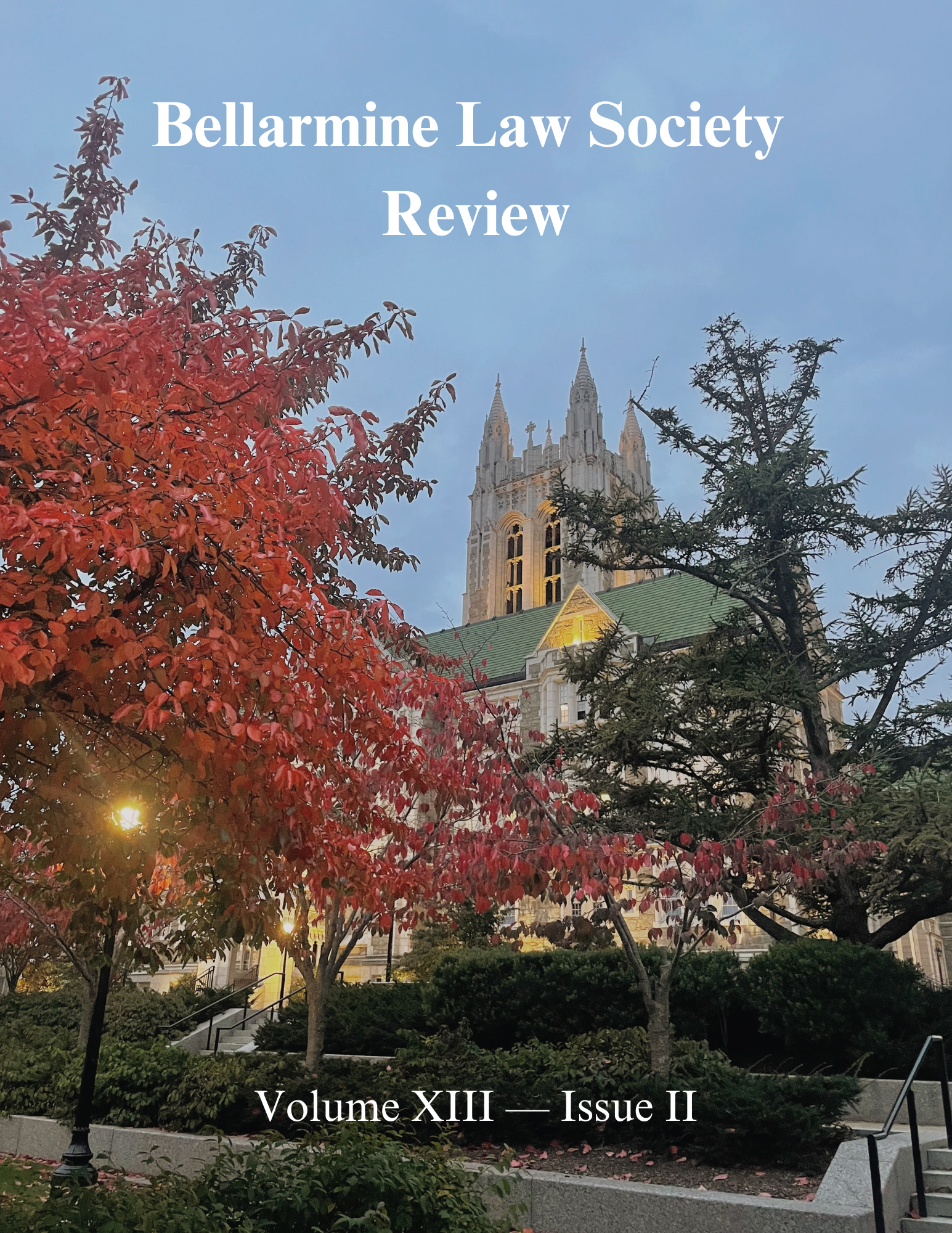Establishment Along the Borderline
Supreme Court Jurisprudence on Ten Commandments Displays
Keywords:
Supreme Court, establishment clause, McCreary County v. ACLU, Van Orden v. PerryAbstract
Throughout the 20th and subsequent centuries, the United States Supreme Court has debated the First Amendment's regulations on religious establishment. Particularly, the belief in the "separation between church and state" has become a bedrock constitutional value for some, while for others, it has been rejected for a more accommodationist approach to religion and government intermingling. In 2005, the debate over the legality of religious establishment became further muddied through McCreary County v. ACLU and Van Orden v. Perry. Both cases revolved around whether a state institution would be allowed to display the Ten Commandments on its property: for the former, in a Kentucky courthouse; for the latter, the Texas state capitol. McCreary ruled the display unconstitutional, yet Van Orden decreed otherwise. These decisions created incongruity in the Supreme Court's line of reasoning, worsening the divide between separationist and accommodationist interpretations of the Bill of Rights. However, by situating these cases in a chronology of similarly back-and-forth decisions on the establishment, it becomes clear that the Supreme Court has purposefully adopted a vague interpretation of the Establishment Clause. Doing so ensures that separation of church and state remains a viable ideal and realistic to popular American Christian sentiment. I craft my argument using Justice Stephen Breyer's employment of a "borderline" to which the Court must adhere. Along it, there is a critical respect for Judeo-Christian values that underscore the American social fabric that the Bench must not uproot. Meanwhile, the 2005 cases place barriers on allowing religious imagery on public grounds by forcing governments to seriously weigh legal consequences, wherein overt attempts to establish a religion can be entirely struck down. Thus, I argue that the Establishment Clause must be kept in vague language that neither entirely codifies separationism nor accommodationism for the sake of lasting societal cohesion. McCreary and Van Orden necessarily came to opposing conclusions on the Ten Commandments displays' constitutionality to enshrine the Establishment Clause as a truly secular guide.
Downloads
Published
How to Cite
Issue
Section
License
Copyright (c) 2024 Joshua Darrish

This work is licensed under a Creative Commons Attribution-NonCommercial 4.0 International License.
Please follow the link for further Copyright and License Information.


